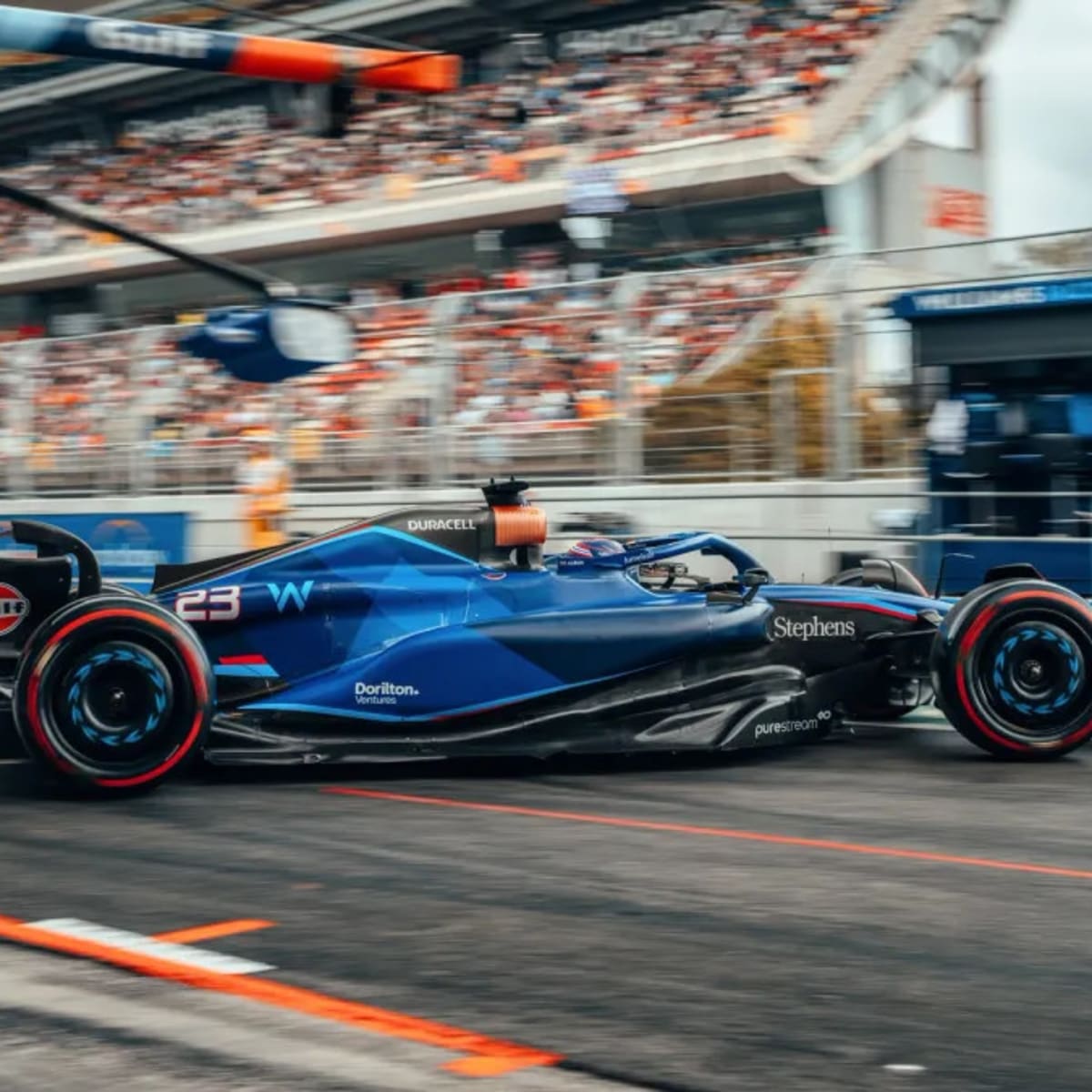Everything you need to know about Williams F1 Team
The Williams F1 team is one of the most successful and iconic teams in the history of Formula 1. Founded by Sir Frank Williams and Sir Patrick Head in 1977, the team has won 114 races, nine constructors’ championships, and seven drivers’ championships. However, the team has also faced many challenges and hardships, and has been struggling to compete in recent years. This blog post will explore the rise and fall of Williams, from their periods of dominance to their current slump of form.
The Early Years: 1977-1980
The Williams F1 team was born out of Frank Williams’ previous unsuccessful ventures in F1: Frank Williams Racing Cars (1969-1975) and Wolf-Williams Racing (1976). Williams decided to start his own team from scratch, with Patrick Head as his chief engineer. The team made its debut in the 1977 Spanish Grand Prix, using a March chassis for Patrick Nève. The team started to build its own cars in 1978, with the FW06 model. The team scored its first points in the same year, with Nève finishing sixth in the United States Grand Prix.
The team’s breakthrough came in 1979, when they signed Clay Regazzoni and Alan Jones as their drivers. Regazzoni gave Williams their first victory in the British Grand Prix, while Jones won four more races and finished third in the drivers’ standings. The team also finished second in the constructors’ standings, behind Ferrari.
The Golden Era: 1980-1997
The 1980s and 1990s were the golden era for Williams, as they dominated F1 with various engine partners and drivers. The team won its first constructors’ and drivers’ titles in 1980, with Jones becoming the first Australian world champion since Jack Brabham. The team repeated the feat in 1981, with Carlos Reutemann narrowly missing out on the drivers’ crown.
The team switched to Honda engines in 1983, and signed Keke Rosberg as their driver. Rosberg won the drivers’ title in 1982, despite only winning one race. He also gave Williams their first turbocharged victory in the 1985 Detroit Grand Prix. The team also introduced several innovations, such as active suspension, semi-automatic gearbox, and traction control.
The team’s most successful partnership was with Renault, which lasted from 1989 to 1997. The team won five constructors’ and four drivers’ titles with Renault, with Nigel Mansell (1992), Alain Prost (1993), Damon Hill (1996), and Jacques Villeneuve (1997) becoming world champions. The team also had some of the best drivers of all time, such as Nelson Piquet, Ayrton Senna, Riccardo Patrese, David Coulthard, and Heinz-Harald Frentzen.
The team’s golden era was also marked by some tragic events, such as the death of Senna in the 1994 San Marino Grand Prix, and the car accident that left Frank Williams paralyzed in 1986. The team also faced some controversies, such as the disqualification of Hill and Villeneuve from the 1995 Brazilian Grand Prix for using illegal fuel, and the collision between Hill and Michael Schumacher in the 1994 Australian Grand Prix that decided the drivers’ title.
The Decline: 1998-Present
The end of the Renault partnership in 1997 marked the beginning of the decline for Williams. The team switched to Mecachrome engines in 1998, and then to BMW engines in 2000. The team managed to win some races and challenge for titles with BMW, but could not match the dominance of Ferrari and Schumacher. The team’s last victory came in the 2004 Brazilian Grand Prix, with Juan Pablo Montoya behind the wheel.
The team parted ways with BMW in 2005, and became an independent constructor again. The team used various engine suppliers, such as Cosworth, Toyota, and Mercedes. The team also had some promising drivers, such as Nico Rosberg, Mark Webber, Rubens Barrichello, Valtteri Bottas, and Felipe Massa. However, the team could not recapture its former glory, and gradually slipped down the grid.
The team hit rock bottom in 2019 and 2020, when they failed to score a single point for the first time in their history. The team also faced financial difficulties, which led to its sale to Dorilton Capital in 2020. The Williams family left the sport after 43 years of involvement1. The new owners appointed Jost Capito as the new CEO, and James Vowles as one of two deputies for Toto Wolff2. The team also signed Alexander Albon and Logan Sargeant as their new drivers for 20233.
The Future: 2023 and Beyond
The Williams F1 team is facing a challenging future, as they try to rebuild their reputation and competitiveness in F1. The team has some advantages, such as the new technical regulations for 2023, which aim to level the playing field and create closer racing. The team also has a strong engine partner in Mercedes, and a talented driver line-up in Albon and Sargeant. The team also has a rich history and heritage, which inspire loyalty and respect from fans and rivals alike.
However, the team also has some disadvantages, such as the lack of resources and experience compared to the top teams. The team also has to deal with the pressure and expectations that come with their name and legacy. The team also has to cope with the changing landscape of F1, which includes new challenges such as sustainability, diversity, and digitalization.
The Williams F1 team is one of the most storied and successful teams in F1 history, but also one of the most troubled and struggling ones. The team has experienced both glory and gloom, both triumph and tragedy, both joy and sorrow. The team has given F1 some of its greatest moments and champions, but also some of its darkest ones. The team has been a part of F1’s past and present, but will it be a part of its future? Only time will tell.


Comments
Post a Comment